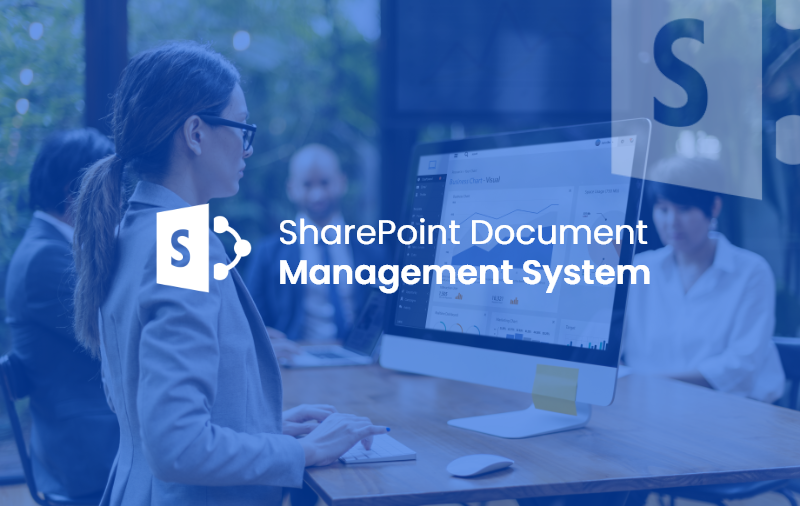
Efficient Document Management using SharePoint: A Detailed Overview
In today’s fast-paced world, businesses generate and handle a huge volume of documents and information on a daily basis. From contracts, invoices, and proposals to customer data and employee records, managing and organizing all of these documents can quickly become a challenging task.
Fortunately, with the help of SharePoint, a powerful content management platform developed by Microsoft, organizations can efficiently manage their documents and information, making it easier for employees to find what they need, when they need it. In this blog post, we’ll provide a detailed overview of how SharePoint can be used for efficient document management.
- Centralized Document Repository
One of the most significant benefits of using SharePoint for document management is the ability to have a centralized repository for all documents. This means that all employees can access and share the same documents from a single location, making it easier to collaborate and work on projects together.
Using SharePoint, organizations can create document libraries that can be customized to meet specific business needs. These libraries can be organized by folders, metadata, and tags, making it easier to find specific documents quickly. With SharePoint’s versioning capabilities, teams can track changes made to documents, ensuring that everyone is working with the latest version.
- Security and Permissions
SharePoint allows organizations to set up security and permissions for individual documents or entire document libraries. This means that administrators can control who has access to documents, who can edit them, and who can delete them. By setting up permissions, organizations can ensure that confidential information is only accessible to authorized personnel.
- Integration with Other Tools
SharePoint integrates seamlessly with other Microsoft tools such as Microsoft Teams, Outlook, and OneDrive. This means that employees can work on documents in SharePoint directly from these other tools, without having to switch back and forth between applications.
Additionally, SharePoint also integrates with third-party tools such as Salesforce, DocuSign, and Adobe Sign, making it easier to manage documents from different sources.
- Automated Workflows
SharePoint offers powerful workflow capabilities that can automate business processes, making document management even more efficient. For example, organizations can set up workflows to automatically route documents to specific individuals for review and approval or to automatically notify employees when a new document has been uploaded to a library.
- Search Functionality
With SharePoint’s powerful search capabilities, employees can quickly and easily find the documents they need. SharePoint’s search engine can search for documents by keyword, metadata, and tags, making it easy to find the right document in seconds.
- Mobile Access
Finally, SharePoint offers mobile access, which means that employees can access and work on documents from anywhere, at any time. This is especially useful for employees who are working remotely or who are frequently on the go.
In conclusion, SharePoint is a powerful document management tool that can help organizations manage their documents and information more efficiently. With SharePoint’s centralized document repository, security, and permissions, integration with other tools, automated workflows, search functionality, and mobile access, organizations can streamline their document management processes and improve overall productivity. Get in touch with Resemble Systems to implement the best document management system for your business.



